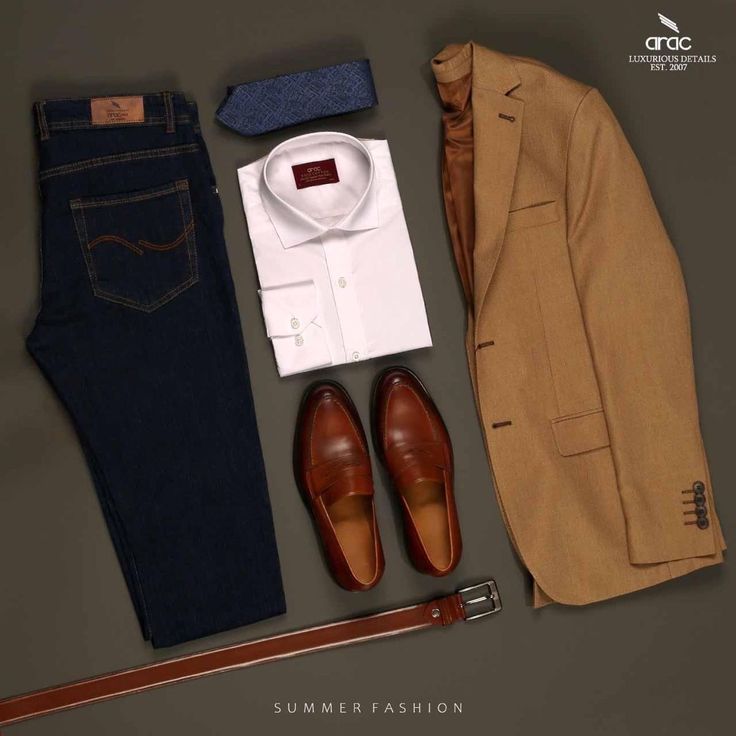
Best Colors to Wear Together
Table of Contents
- Understanding Color Theory
- Classic Color Combinations That Always Work
- Bold & Trendy Color Pairings
- How to Match Colors Based on Skin Tone
- Seasonal Color Palettes for Every Occasion
- Common Mistakes to Avoid When Combining Colors
- Tips for Maintaining a Cohesive Wardrobe
Understanding Color Theory
Color theory is the foundation of great fashion. The color wheel helps identify complementary (opposite), analogous (adjacent), and triadic (three evenly spaced) hues. Warm colors (red, orange, yellow) evoke energy, while cool tones (blue, green, purple) feel calming. Neutral shades (black, white, gray, beige) balance bold choices.
Classic Color Combinations That Always Work
Some pairings never go out of style:
- Black & White – Timeless, elegant, and versatile.
- Navy & Beige – Sophisticated yet relaxed.
- Gray & Pink – Soft and modern.
- Red & Denim – A vibrant, casual look.
- White & Gold – Luxurious and fresh.
Bold & Trendy Color Pairings
For those who love statement outfits:
- Emerald Green & Mustard Yellow – Rich and eye-catching.
- Lavender & Rust Orange – Unexpected but stylish.
- Cobalt Blue & Hot Pink – High-contrast and fun.
- Charcoal Gray & Bright Red – Powerful and polished.
How to Match Colors Based on Skin Tone
Your complexion affects how colors look on you:
- Fair Skin – Pastels, jewel tones, and soft neutrals.
- Medium Skin – Earthy tones, warm reds, and teal.
- Olive Skin – Deep greens, burnt orange, and navy.
- Dark Skin – Bright hues, metallics, and bold contrasts.
Seasonal Color Palettes for Every Occasion
Adapt your wardrobe to the time of year:
- Spring – Pastel pinks, mint green, and sky blue.
- Summer – Coral, turquoise, and sunny yellow.
- Fall – Burgundy, olive green, and camel.
- Winter – Deep purple, icy blue, and silver.
Common Mistakes to Avoid When Combining Colors
- Clashing Brights – Too many bold colors can overwhelm.
- Ignoring Neutrals – Balance vibrant shades with basics.
- Mismatched Undertones – Warm and cool tones may not blend well.
- Overmatching – Wearing one color head-to-toe can look flat.
Tips for Maintaining a Cohesive Wardrobe
- Stick to a core palette (3-4 base colors).
- Use accessories to introduce new shades.
- Experiment with textures (knits, silk, leather).
- Follow the 60-30-10 rule (60% dominant, 30% secondary, 10% accent).